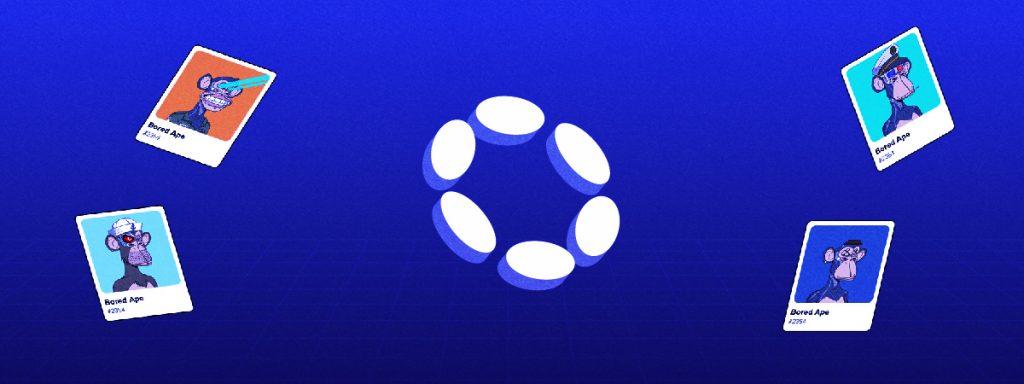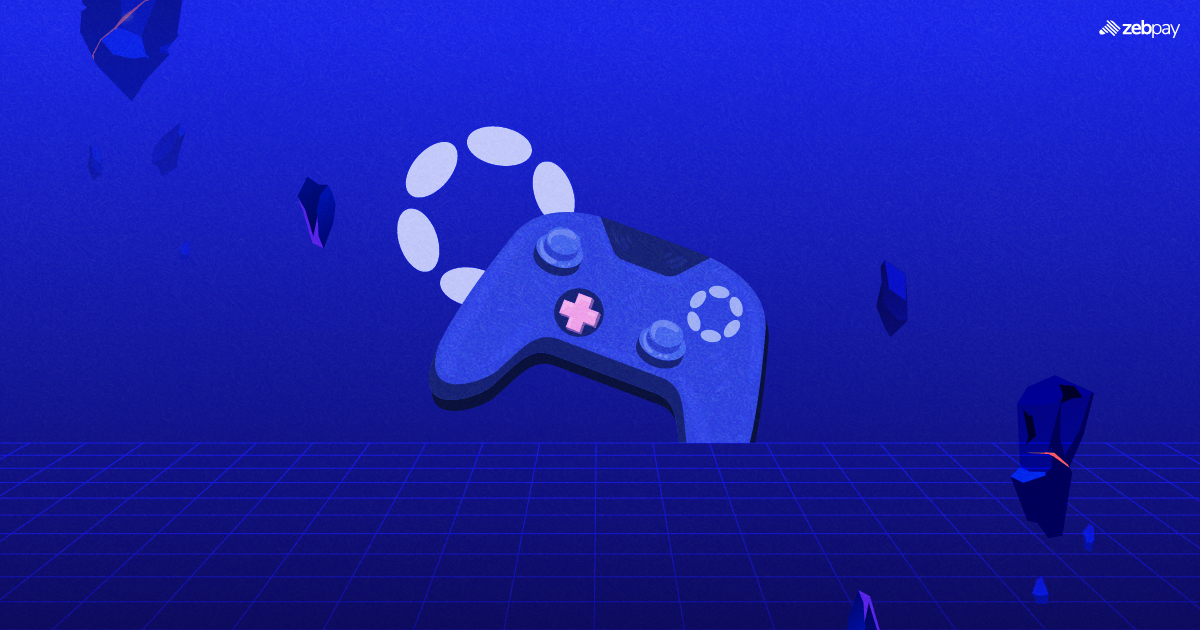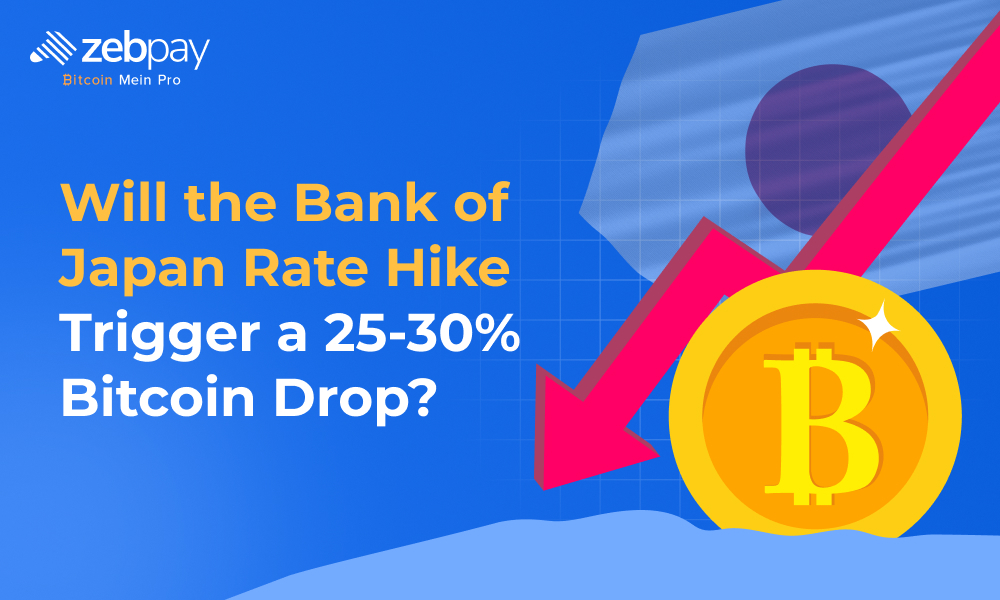Web3 gaming focuses on decentralization, rewards, and ownership, creating a new way of playing online games. Web3 is the latest iteration of the internet, following Web1 and Web2. Web2 focused on open standards and open source, while Web2 pioneered social connections and user-generated content. Web3 focuses on self-sovereignty and value exchange using a decentralized web. It will transform the gaming industry by empowering gamers to earn as they play. Gamers can own, sell, and trade in-game assets, creating a play-to-earn gaming model.
The Polkadot network was developed by Gavin Wood, a former Ethereum CTO, as a Smart contract-enabled network that prioritizes decentralization, speed, and security. It is a web of multiple blockchains connected using a relay chain. The relay chain supports the network by coordinating connected parachains. The relay chain is a fully functioning blockchain, and each parachain is connected to the main chain. Every parachain has its utility, crypto token, and consensus mechanisms. Polkadot is quickly becoming the network that caters to the various needs of game developers, offering a versatile and innovative infrastructure for building Web3 games.
Interoperability and Scalability Challenges in Gaming
Interoperability solutions are gaining significant traction in crypto and can transform the Web3 gaming landscape. Traditionally, games have been boxed within their ecosystems, limiting the ability to interact with characters or in-game assets from different games. Today, Web 3 games use common standards such as ERC-1155 and ERC-721 to enable gamers to transfer assets between multiple platforms.
One of the significant challenges of crypto gaming is scalability. Slow processing times and high transaction costs can spoil the gaming experience. Many solutions are being developed to address scalability issues. Layer-2 solutions, such as side chains, process a large number of transactions off-chain to improve scalability. The emergence of scalable blockchains like Polkadot can address and eliminate scalability issues.
Polkadot enables the transfer of value and communication between multiple chains, helping developers create decentralized applications (dApps) that seamlessly interact with other crypto protocols. It uses an innovative cross-chain messaging protocol (XCMP), which facilitates the efficient transfer of data and assets between multiple chains. It allows for greater flexibility and scalability in developing gaming applications due to its cross-chain interoperability capabilities. Gaming developers can leverage the benefits of many blockchains without being restricted by the limitations of a single blockchain.
Read more: What is Polkadot (DOT)
The Role of Polkadot in Enabling Gaming Innovation
Polkadot offers versatile and diverse development options to help gaming developers create immersive gaming experiences. Its compatibility with the Substrate framework and Ethereum Virtual Machine (EVM) enables scalable gaming development. Its community-centric governance approach fosters collaboration, empowering developers to shape the evolving Web3 gaming landscape. Polkadot creates an exciting and thriving gaming ecosystem through seamless integration and active user involvement. It will play a vital role in the future of Web3 games as it enables interoperable gaming items, and decentralized in-game economies, and improves security and trust in Web3 gaming.
Gaming Use Cases on Polkadot
Previously, gamers could only purchase their assets within a game, and they were unique to that game, so they had to leave the gaming asset when they exited the game. Polkadot enables actual ownership of in-game assets such as characters, tools, 3D objects, weapons, and others. They are stored on the blockchain as non-fungible tokens (NFTs), making them verifiable and unique. This feature gives gamers more control over their gaming experience and enables them to monetize their assets, which can be exchanged for real money. It can also support decentralized marketplaces that allow a more open and transparent gaming economy that empowers gamers to buy, sell, and trade crypto assets without intermediaries.
The Polygon network can also enable virtual worlds and metaverses in gaming. For example, Decentral Games uses Alchemy’s developer platform to integrate its metaverse into Polygon. They have pioneered the metaverse gaming space with their game, ICE Poker, built and scaled using Polygon. It is a metaverse poker game where players can compete against each other to reach the top of a daily leaderboard. Players can earn additional rewards by completing daily challenges. They are rewarded with ICE tokens that enable them to access new tournament modes and item upgrades.
Leveraging Polkadot’s Ecosystem for Game Development
Gaming developers take advantage of Polkadot’s Substrate framework to simplify the creation of custom applications and blockchains. Substrate provides an extensive toolkit and a supportive community to help developers create and deploy their applications on the Polkadot network. Web3 gaming platforms can be developed using Substrate, which improves the gaming experience by allowing gamers to own in-game assets and enables 3D avatars, vehicles, weapons, and other gaming assets.
One prominent partnership is the integration of Mythical Games with Polkadot. Mythical Games is an expert in building player-centric gaming economies and is migrating from Ethereum to the Polkadot network to launch its new Mythos ecosystem. Its gaming partners can build chains and create a highly connected Web3 gaming ecosystem using Polkadot’s capabilities. Mythical Games collaboration improves Polkadot’s position in the gaming industry and promotes the adoption of its Web3 gaming development features.
Read more: Play to Earn vs Play to Own
NFTs and Polkadot in Gaming

NFTs offer new ways of collecting and trading in-game assets, creating a new market for gamers and developers. They can be used to represent assets such as avatars, skins, or characters. They empower gamers with ownership and control over their in-game assets. Gamers can sell or trade their gaming assets on marketplaces like OpenSea, creating a new economy for in-game assets.
Collectibles such as stamps, coins, and Pokemon cards have always been a popular market. NFTs are the new asset class for collectibles, offering an opportunity for users to own and trade unique crypto-gaming assets. NFT collectibles include digital art, music, videos, and virtual real estate.
Polkadot provides two standard interfaces for NFTs: PSP-34 and PSP-37. The objective of having standard interfaces is to enable tokens to be deployed on Substrate’s contract pallet. Unique Network is transforming the NFT landscape through composable NFTs and operates on the Substrate framework. It offers scalability features and flexible economic models, like freemium games. Developers can use these features to create immersive gaming experiences and monetize gaming assets.
Case Studies: Successful Gaming Projects on Polkadot
Anjuna Network is a decentralized gaming platform that is built on the Polkadot Network. It is transforming the Web3 gaming landscape as it offers gamers the ability to own their in-game assets and gives them the right to have a say in the future of the game. It seamlessly integrates leading game engines such as Unreal and Unity with crypto-assets. It leverages TEE (trusted execution environments) through its collaboration with IntegriTEE to build scalable and secure gaming ecosystems. It embraces a diverse range of blockchain technologies and shows the potential of Polkadot to create a more inclusive and dynamic gaming ecosystem.
Another popular gaming platform that uses Polkadot’s innovative features is Blankos Block Party. It is a multiplayer universe styled like a giant block party that focuses on custom art and design. Blankos are digital vinyl toys and NFTs that you can collect or trade on the Mythical Marketplace.
Conclusion
The world of blockchain gaming is rapidly evolving in the Polkadot ecosystem through exciting Web3 gaming platforms such as the Ajuna network. This article has explored the diverse ecosystem of Polkadot for Web3 game development. We have seen how Polkadot can address Web3 gaming issues such as scalability and interoperability. Gaming developers can leverage Polkadot’s Substrate framework to create amazing gaming experiences.
This article has also shown the integration of NFTs and the Polygon network to open new possibilities for monetization, immersive gameplay, and ownership. The mainstream adoption of Web3 games will depend on the seamless integration of blockchain technology into the gaming experience. Gaming developers need to embrace user-centric approaches when building Web3 games. They should focus on the needs of gamers to create an engaging ecosystem that drives the growth of blockchain games. The innovative features in Polkadot can shape the future of Web3 gaming and provide new opportunities for gamers and developers.
To stay up to date with the latest crypto news, visit ZebPay blogs. Click on the button below to trade on ZebPay.







